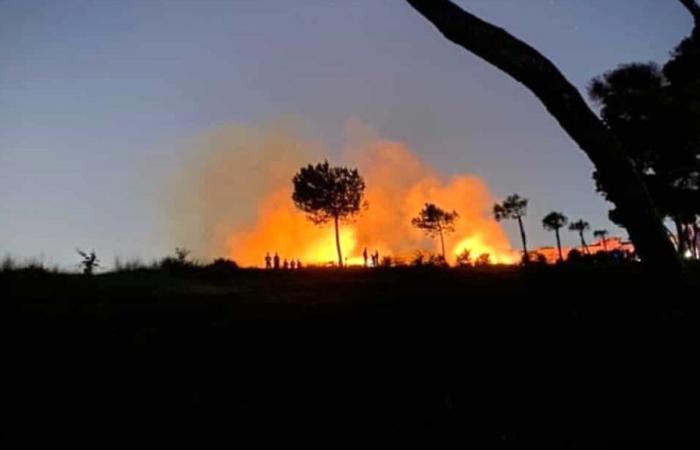With the arrival of the scorching heat, the fire alert also increases. Precisely with the aim of preventing new fires, the forest firefighting campaign (Aib) began.
Plan
The campaign was launched to coincide with the period of maximum danger for the “forest fire risk”. The monitoring, sighting and extinguishing of forest fires throughout the Capitoline territory sees the involvement of voluntary organisations, in agreement with Roma Capitale, coordinated by the Capitoline civil protection staff through the Operational Intervention Coordination Room (Scio), at the headquarters of Porta Metronia. The voluntary organizations guarantee coverage of the areas of the territory most at risk, in constant contact with the radio room and the Capitoline operations room, which has the task of managing all the activities carried out by the municipal structures in support of the firefighting operations.
How to report a fire
Anyone who discovers a forest fire or the beginning of a fire, even in areas outside the forest, which constitutes a threat, is required to alert the competent authorities, so that all extinguishing operations can be organised. Reports can be made by contacting: the single emergency number (Nue) 112, the regional emergency, civil protection and Nue directorate on the toll-free number 803 555, the Forestry, Environmental and Agri-Food Unit Command on number 1515 or, finally, the Intervention Coordination Room operational (Scio) active 24 hours a day at the civil protection of Rome Capital on the toll-free number 800 854 854.
Gualtieri’s ordinance
Against the risk of fires, Mayor Gualtieri’s ordinance was also published which provides for a series of prohibitions including: carrying out actions that can cause even immediate danger of fire in wooded and bushy areas and in all land led to agricultural cultivation; light fires to burn brushwood and vegetation residues from pastures, meadows, tree crops and abandoned land; use flame or electric appliances to burn metals, engines and stoves or incinerators that produce embers; carry out other operations that may create a fire hazard. Furthermore, the guide to good practices for avoiding a fire is online.






